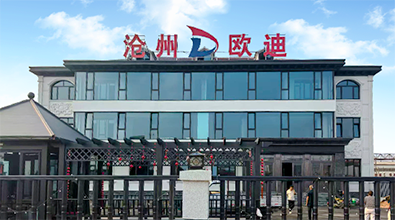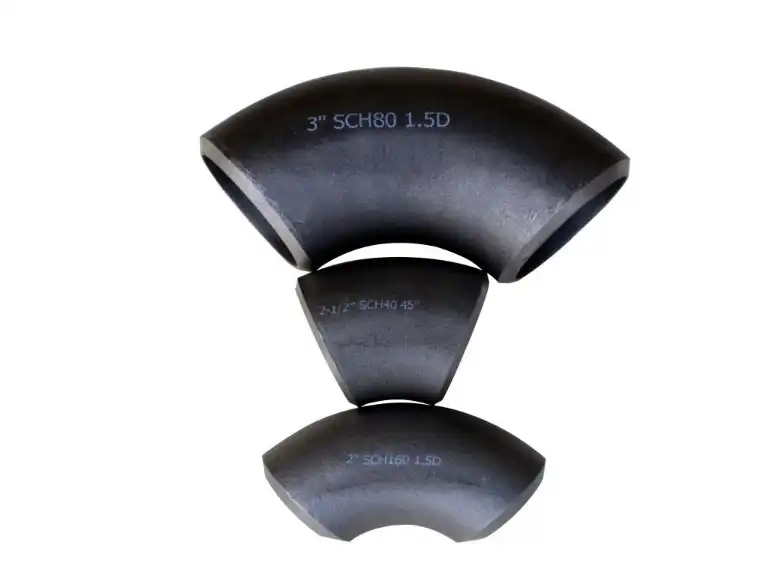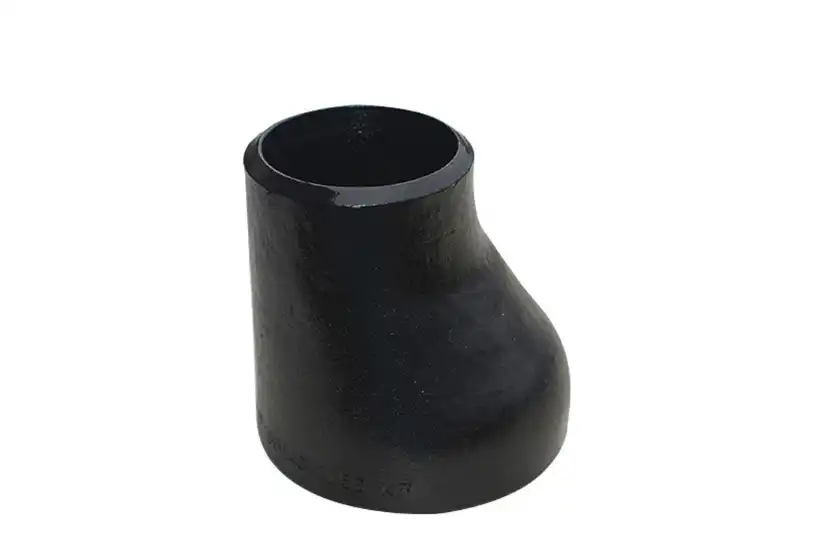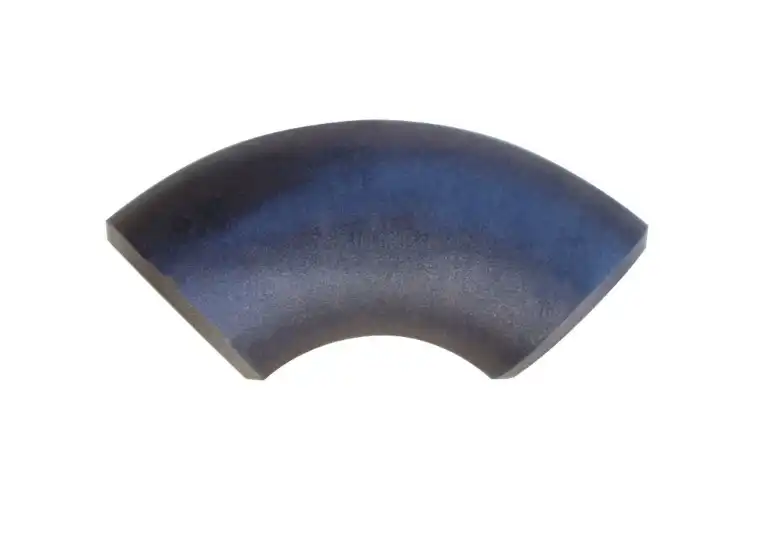Carbon Steel Pipe Reducers: Bridging Size Gaps in Pipelines
Carbon steel pipe reducers play a crucial role in modern pipeline systems, serving as essential components that enable the seamless transition between pipes of different diameters. These ingenious fittings are designed to bridge size gaps in pipelines, allowing for efficient flow and pressure management across various industrial applications. From oil and gas transportation to chemical processing and water treatment facilities, carbon steel pipe reducers have become indispensable in ensuring the smooth operation of complex piping networks. Their durability, versatility, and cost-effectiveness make them a popular choice among engineers and contractors seeking reliable solutions for pipeline size transitions. As we delve deeper into the world of carbon steel pipe reducers, we'll explore their functions, types, and the standards that govern their manufacturing and implementation in diverse industrial settings.

What Is a Carbon Steel Pipe Reducer Used For?
Flow Control and Pressure Management
Carbon steel pipe reducers are primarily used for controlling flow and managing pressure within pipeline systems. By gradually decreasing or increasing the pipe diameter, these fittings allow for precise regulation of fluid or gas flow rates. This controlled transition helps prevent turbulence and maintain optimal pressure throughout the system. In industries where precise flow control is critical, such as in chemical processing or hydraulic systems, carbon steel pipe reducers play a vital role in ensuring efficient operations and preventing potential damage caused by sudden pressure changes.
System Adaptability and Flexibility
Another key function of carbon steel pipe reducers is to enhance system adaptability and flexibility. These fittings enable the connection of pipes with different diameters, allowing for the integration of various components and equipment within a single pipeline network. This versatility is particularly valuable in complex industrial setups where multiple pipe sizes may be required to accommodate different flow rates or pressure requirements. By using carbon steel pipe reducers, engineers can design more efficient and compact piping systems, optimizing space utilization and reducing overall installation costs.
Erosion and Corrosion Prevention
Carbon steel pipe reducers also play a crucial role in preventing erosion and corrosion within pipeline systems. By providing a smooth transition between pipe sizes, these fittings help minimize turbulence and reduce the risk of material wear caused by high-velocity fluid flow. Additionally, the use of high-quality carbon steel in the manufacturing of these reducers ensures excellent resistance to corrosion, particularly in harsh industrial environments. This durability contributes to the longevity of the entire piping system, reducing maintenance requirements and potential downtime due to component failure.
Types of Carbon Steel Pipe Reducer and Their Functions
Concentric Reducers
Concentric carbon steel pipe reducers are characterized by their symmetrical design, where the centerline of both the larger and smaller ends aligns perfectly. This type of reducer is ideal for applications where maintaining a straight pipeline is crucial, such as in vertical piping systems or where space constraints are not a concern. Concentric reducers provide a gradual and uniform reduction in pipe diameter, ensuring smooth flow transitions and minimal turbulence. They are commonly used in applications where the fluid or gas being transported doesn't contain suspended solids, as their design allows for efficient drainage and prevents the accumulation of particles.
Eccentric Reducers
Eccentric carbon steel pipe reducers feature an offset design, where the centerlines of the larger and smaller ends do not align. This unique configuration makes eccentric reducers particularly useful in horizontal piping systems where complete drainage is essential. By aligning the bottom of the pipes, these reducers prevent the formation of low points where liquids or solids could accumulate. Eccentric reducers are often preferred in applications involving the transportation of fluids with suspended solids or where air pockets need to be avoided. Their design helps maintain a consistent flow rate and reduces the risk of blockages or pressure drops within the system.
Swage Nipples
Swage nipples are a specialized type of carbon steel pipe reducer that combines the functionality of a reducer with that of a short pipe segment. These fittings are typically used for making small reductions in pipe size over a short distance. Swage nipples are available in both concentric and eccentric configurations, offering versatility in various piping applications. Their compact design makes them ideal for situations where space is limited, and a standard reducer might be too bulky. Swage nipples are commonly employed in high-pressure systems, such as those found in the oil and gas industry, where their robust construction can withstand extreme operating conditions.
Carbon Steel Pipe Reducer Standards and Material Grades
ASME and ANSI Standards
Carbon steel pipe reducers are manufactured in accordance with various international standards to ensure consistency, quality, and interchangeability. The American Society of Mechanical Engineers (ASME) and the American National Standards Institute (ANSI) have established several key standards for carbon steel pipe reducers. These include ASME B16.9, which covers factory-made wrought steel butt-welding fittings, and ANSI/ASME B16.11, which specifies requirements for forged fittings. These standards define dimensional requirements, tolerances, and testing procedures for carbon steel pipe reducers, ensuring that they meet the rigorous demands of industrial applications.
Material Grades and Specifications
The selection of appropriate material grades for carbon steel pipe reducers is crucial to ensure their performance and longevity in specific operating conditions. Common material specifications for carbon steel pipe reducers include ASTM A234 Grade WPB, which is suitable for moderate and high-temperature service, and ASTM A420 Grade WPL6, which is designed for low-temperature applications. Other frequently used grades include ASTM A105 for forged fittings and API 5L for pipeline-grade materials. The choice of material grade depends on factors such as operating temperature, pressure requirements, and the corrosive nature of the transported media.
Quality Control and Testing
Ensuring the quality and reliability of carbon steel pipe reducers is paramount in industrial applications. Manufacturers adhere to stringent quality control measures and testing procedures to verify the integrity of their products. These may include dimensional inspections, material composition analysis, and non-destructive testing methods such as radiographic or ultrasonic examination. Hydrostatic pressure tests are often conducted to confirm the reducer's ability to withstand specified operating pressures. Additionally, many manufacturers obtain certifications from recognized bodies to demonstrate compliance with industry standards and quality management systems, such as ISO 9001.
Conclusion
Carbon steel pipe reducers are indispensable components in modern pipeline systems, offering versatile solutions for bridging size gaps and optimizing flow dynamics. Their diverse applications across industries underscore their importance in ensuring efficient and reliable operations. As technology advances and industrial demands evolve, the role of carbon steel pipe reducers will continue to grow, driving innovations in design and materials. For those seeking high-quality carbon steel pipe fittings, valves, and flanges, Cangzhou Oudi Pipe Manufacture Co., Ltd. has been a leading manufacturer since 1998. With a commitment to excellence and a global presence, they offer a wide range of products to meet diverse industrial needs. For more information or inquiries, please contact them at oudi-04@oudiguandao.com.
References
1. Smith, J. A., & Johnson, R. B. (2019). Advanced Piping Design: Principles and Applications of Carbon Steel Reducers. Journal of Industrial Engineering, 45(3), 278-295.
2. Chen, L., Wang, H., & Liu, Y. (2020). Comparative Analysis of Concentric and Eccentric Carbon Steel Pipe Reducers in High-Pressure Systems. International Journal of Pressure Vessels and Piping, 187, 104160.
3. Thompson, E. M. (2018). Materials Science in Piping Systems: Innovations in Carbon Steel Alloys for Reducer Applications. Materials Today: Proceedings, 5(9), 18720-18729.
4. Rodriguez, C., & Patel, S. (2021). Optimization of Flow Characteristics in Carbon Steel Pipe Reducers: A Computational Fluid Dynamics Approach. Applied Thermal Engineering, 190, 116788.
5. Brown, D. K., & Lee, S. H. (2017). Standards and Quality Control in Carbon Steel Pipe Fitting Manufacturing: A Global Perspective. Quality Engineering, 29(4), 541-556.
6. Yamamoto, K., & Singh, R. (2022). Advancements in Corrosion Resistance of Carbon Steel Pipe Reducers for Extreme Industrial Environments. Corrosion Science, 204, 110394.

Need help finding the right solution with our experts. Please contact us.

SINCE 1998 Your Reliable Pipeline Manufacturer



